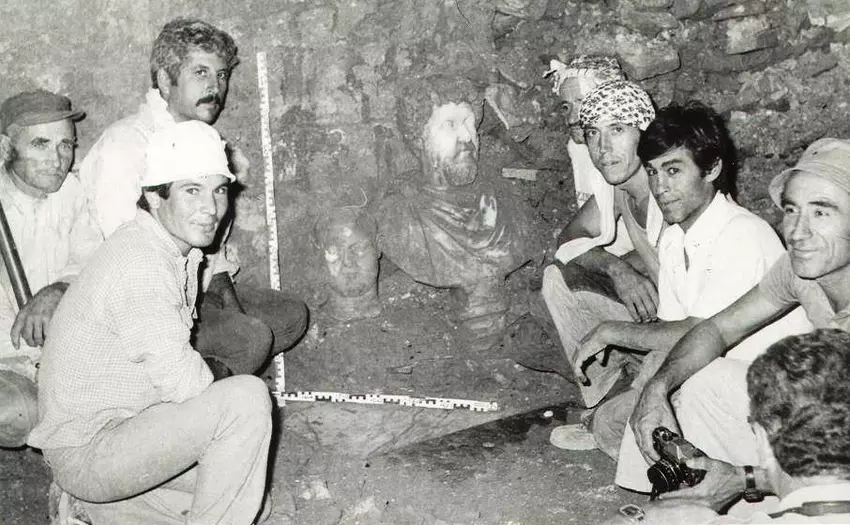Early Excavations by John Turtle Wood (1869)
Ephesus Excavation History and The first archaeological excavations in Ephesus were started in 1869 by a British engineer John Turtle Wood working for the British Museum. In 1863, Wood came to the Ephesus area and unsuccessfully searched for the Temple of Artemis. An inscription found in the Theatre in 1869 mentioned that, the religious objects used in the plays were picked up from the temple, and following the sacred road, were brought into the city through the Magnesia Gate, and that these were taken back to the temple following the same route.

D.G. Hogarth’s Resumption of Excavations (Post-1904)
Therefore, Wood had to find the Magnesia Gate first. Since Magnesia was an ancient city southwest of Ephesus, the Magnesia Gate had to be in that direction. By following the fortification walls of the Hellenistic period, Wood easily discovered the gate. Starting here, he carried on preliminary digs, and by following the road, he found the location of the temple. Yet. for various reasons he could not complete the excavation of the temple. After 1904, D.G. Hogarth resumed excavating the temple.

Austrian Archaeological Institute’s Involvement (Starting 1895)
The excavations which are now being carried out by the Austrian Archaeological Institute were started by Otto Benndorf in 1895. O. Benndorf obtained permission from the Ottoman sultan to excavate in Ephesus, and he later purchased a large section of the city. The land he had bought, was nationalized in recent years by the Turkish authorities.

Key Discoveries and Restorations
After Benndorf, under the supervision of (in chronological order) Profs. Keil, Miltner, Eichter, and since 1969 Prof. Vetters, the main streets, squares, and structures along the streets in Ephesus have been excavated. Prof. Vetters excavated a section of the insula with houses situated on the slopes and completed the restoration of two houses. The renovation of the Celsus Library was also realized in 1978 by Prof. Vetters. Most of the remains unearthed up to 1905 were taken to England, and most of those found between 1905 and 1923 were taken to Austria.
Ephesus Museum’s Role (Starting 1954)
In 1954, the Ephesus Museum started excavating and restoring Ephesus and since then, many important structures have been excavated and restored. The Ministry of Culture and Tourism of the Turkish Republic, in 1979, started the “Environmental Protection, Excavation and Restoration of Selcuk-Ephesus” project, with emphasis on the excavation of the Church of St. John, Stadium Street and the Church of the Virgin Mary.
Ephesus Excavations Today
Excavations in Ephesus are still continuous in the 2022-2024 period. You can read our Ephesus Excavations 2022 and Ephesus Excavations 2024 articles to get the latest information about the Ephesus Excavations.
You May Also Like
If you would like to explore Ephesus Excavations on-site with us, you can reach us at the links below. Best Price, %100 Satisfaction Guaranteed!








